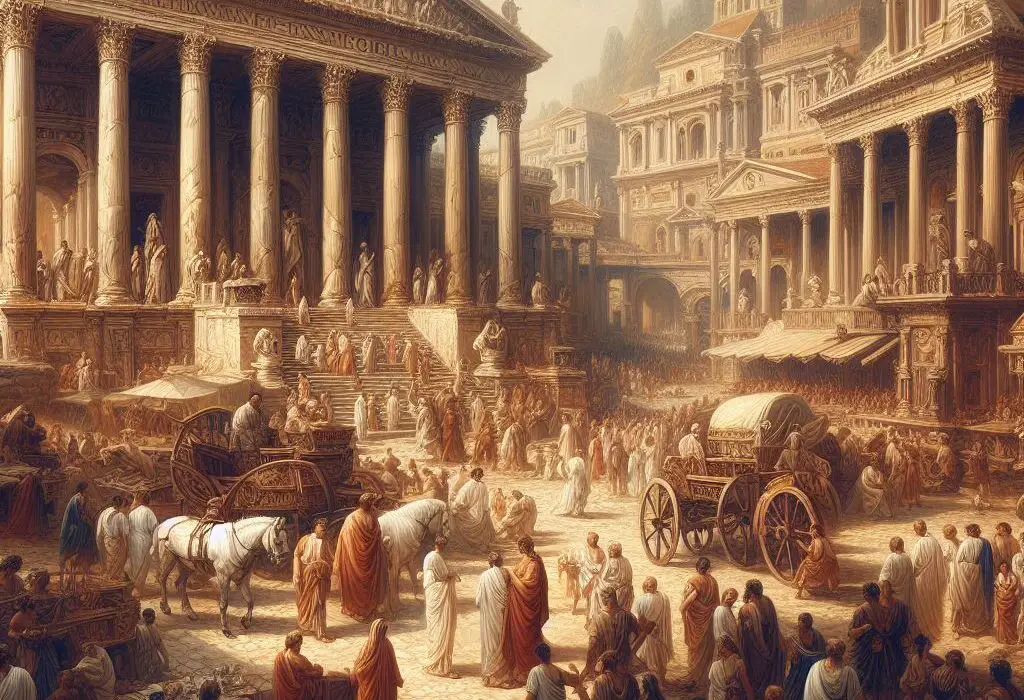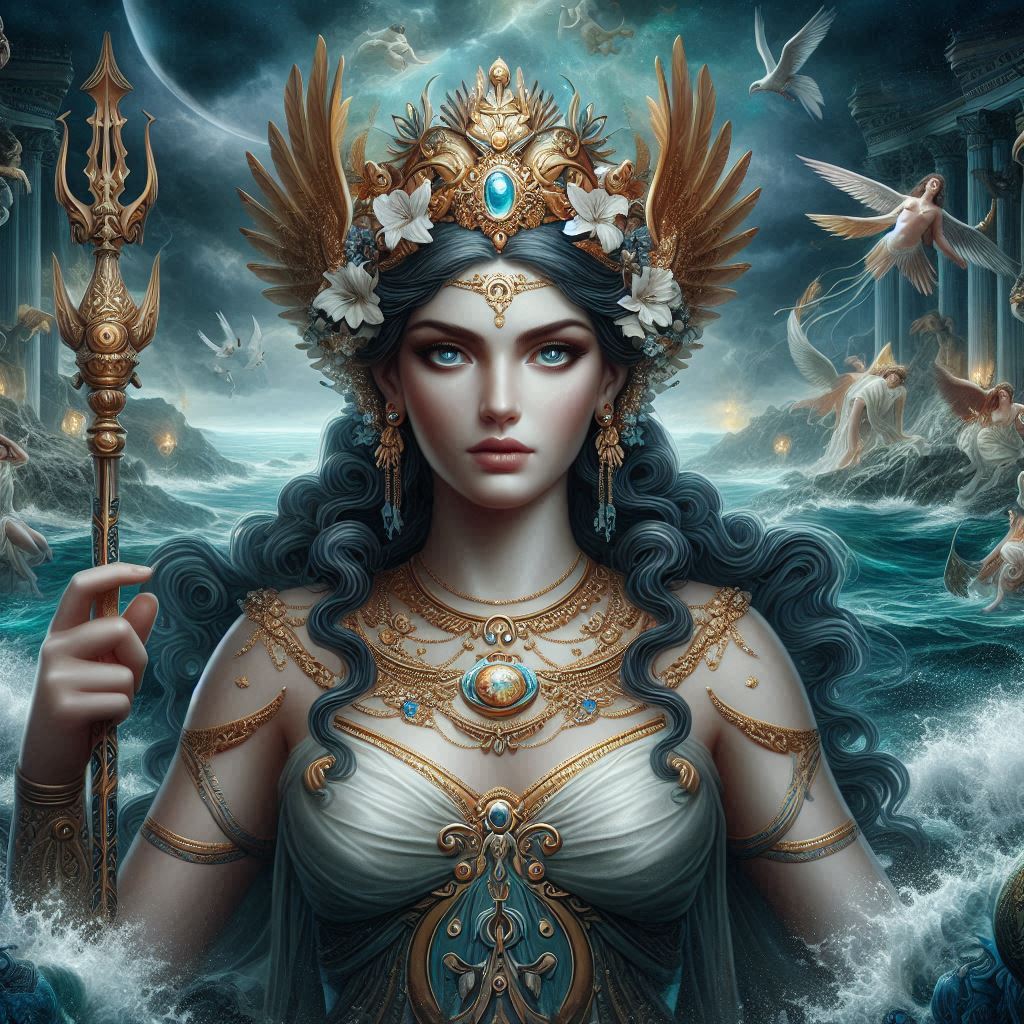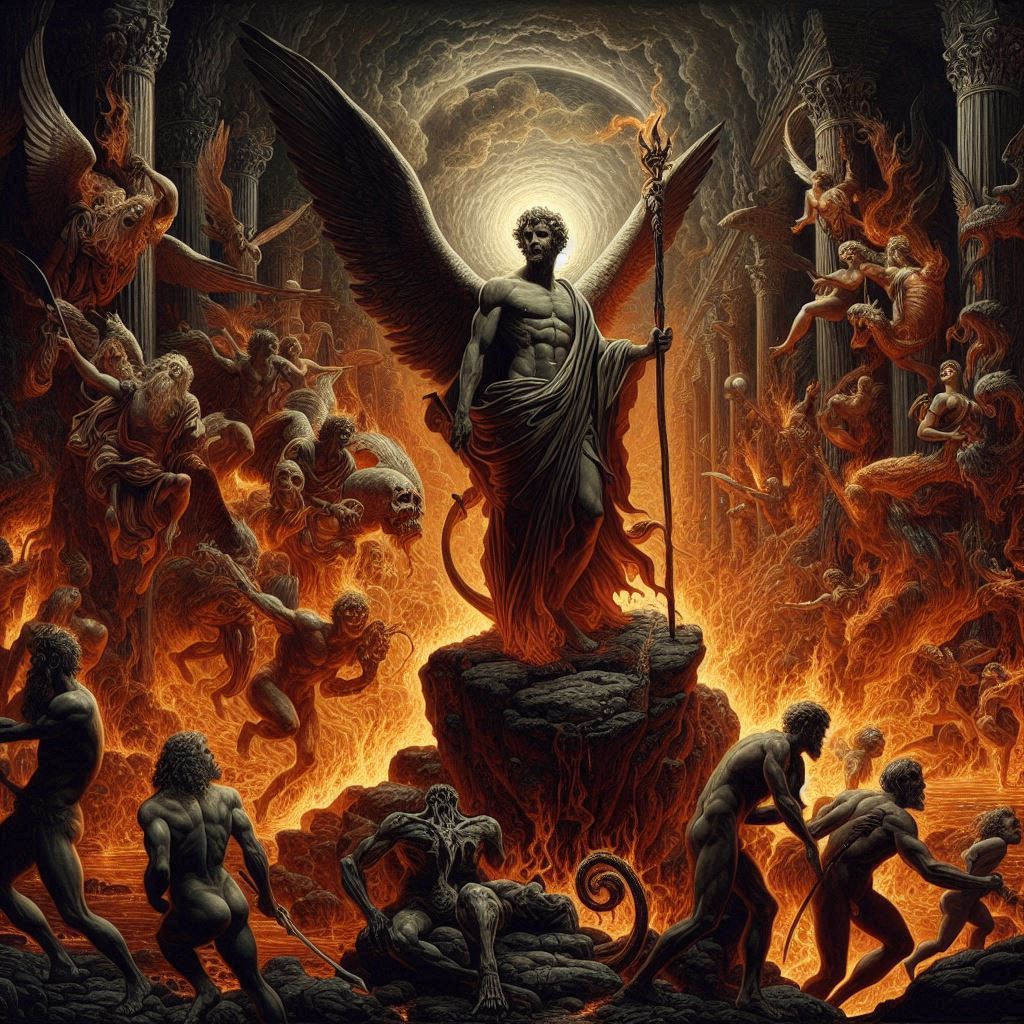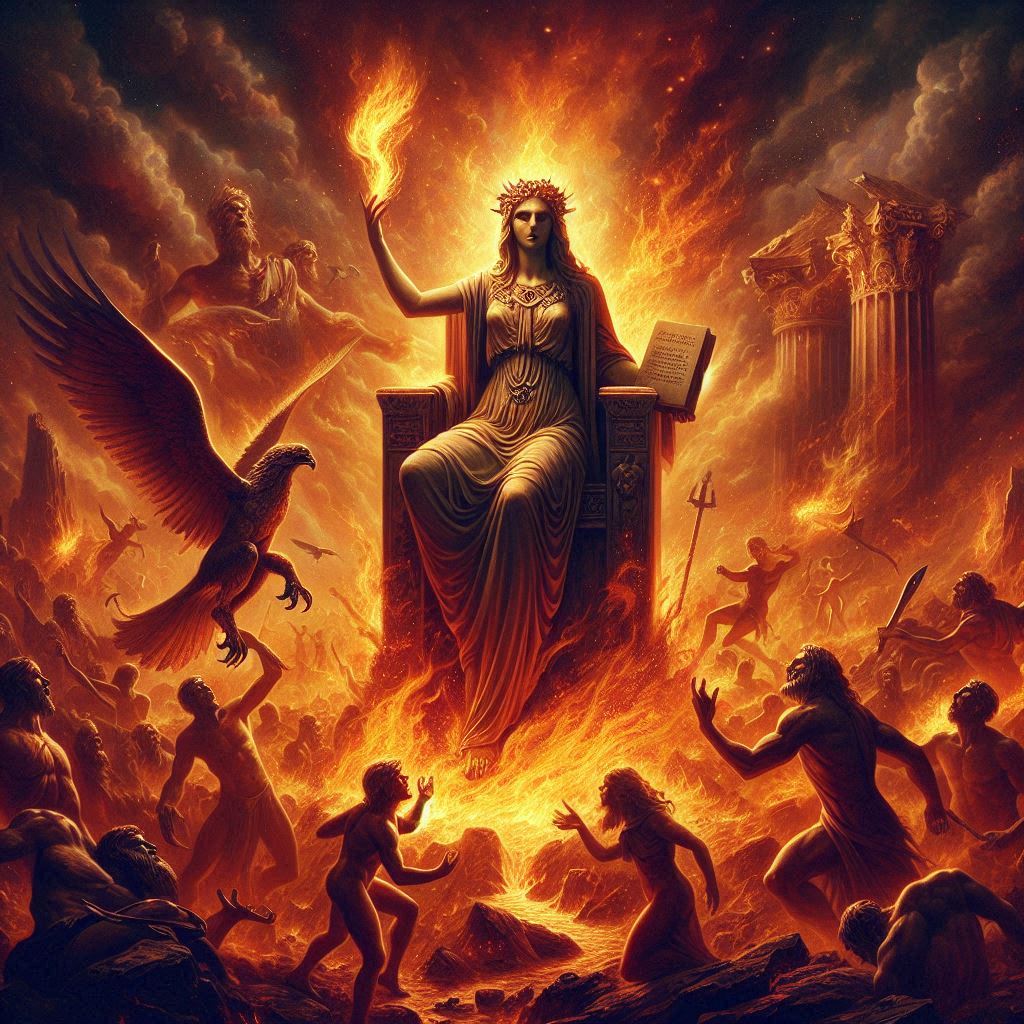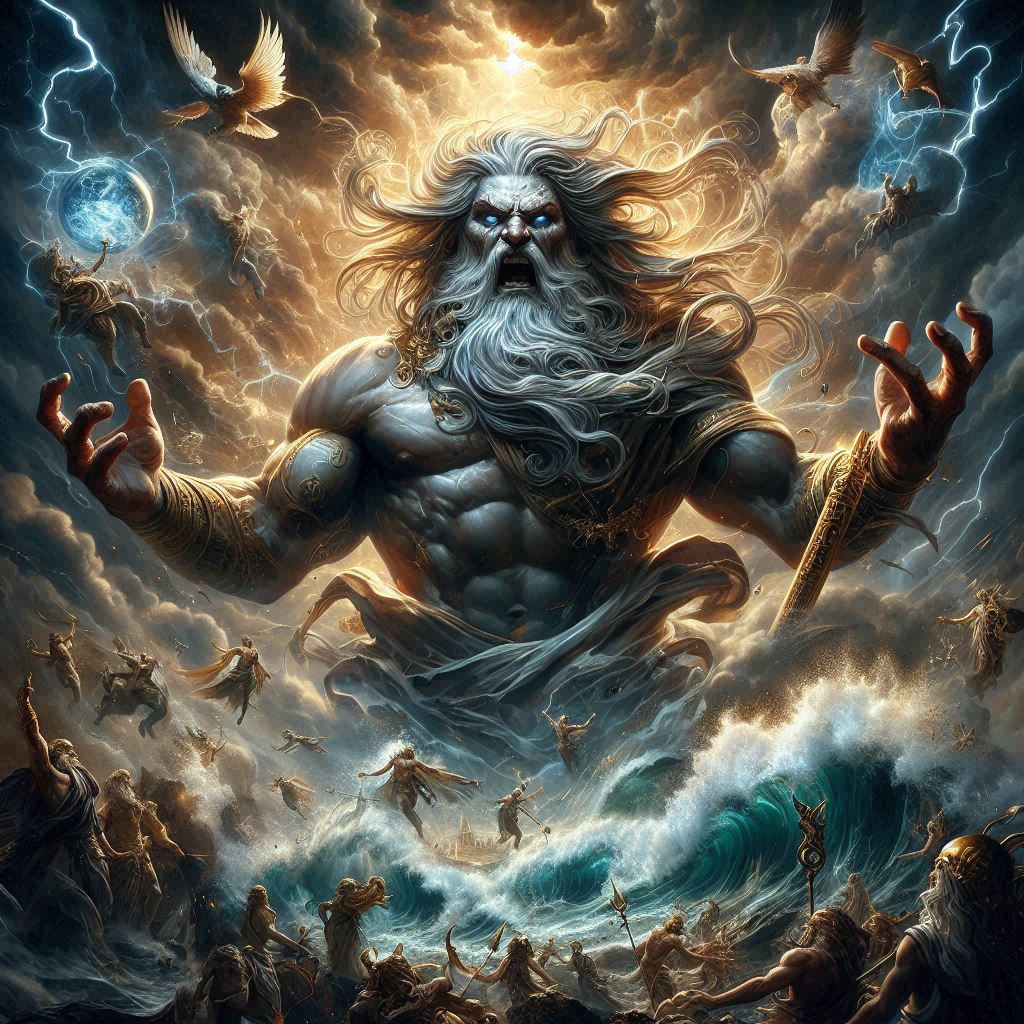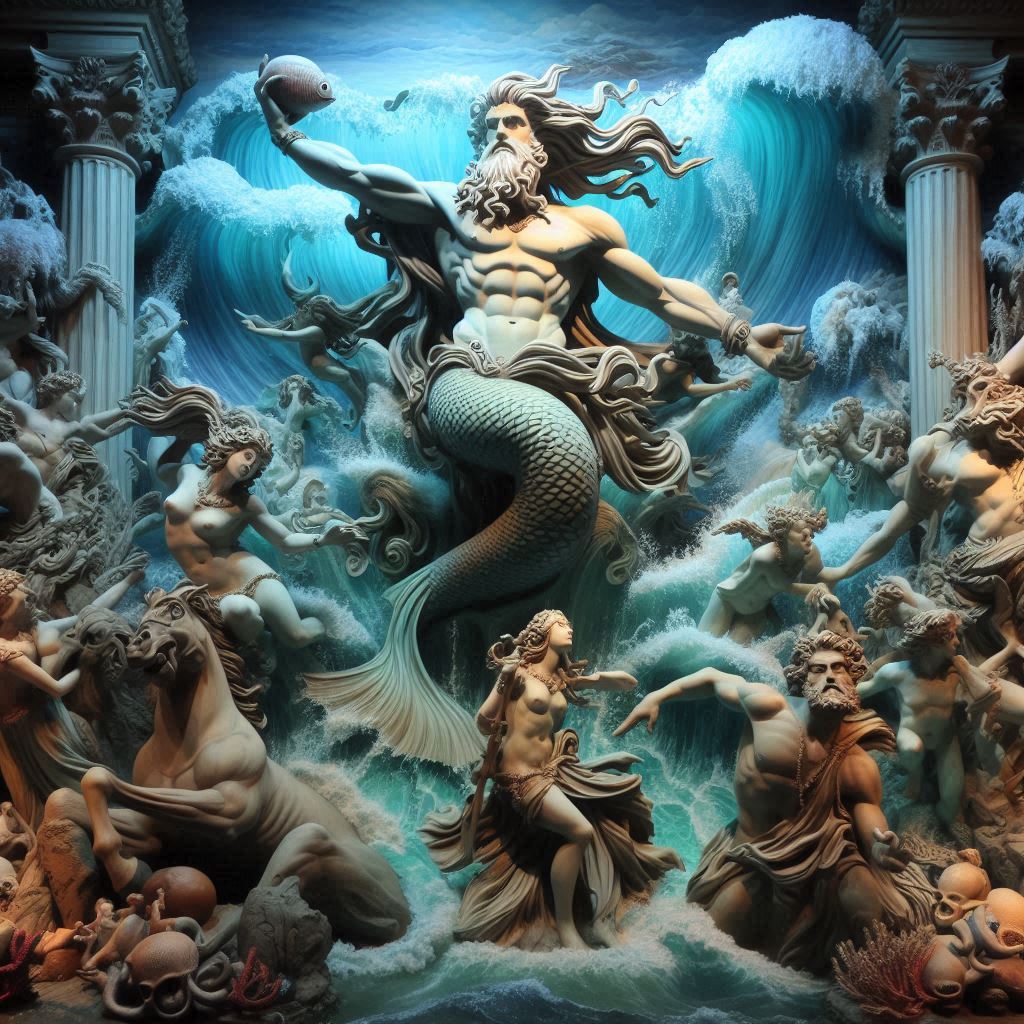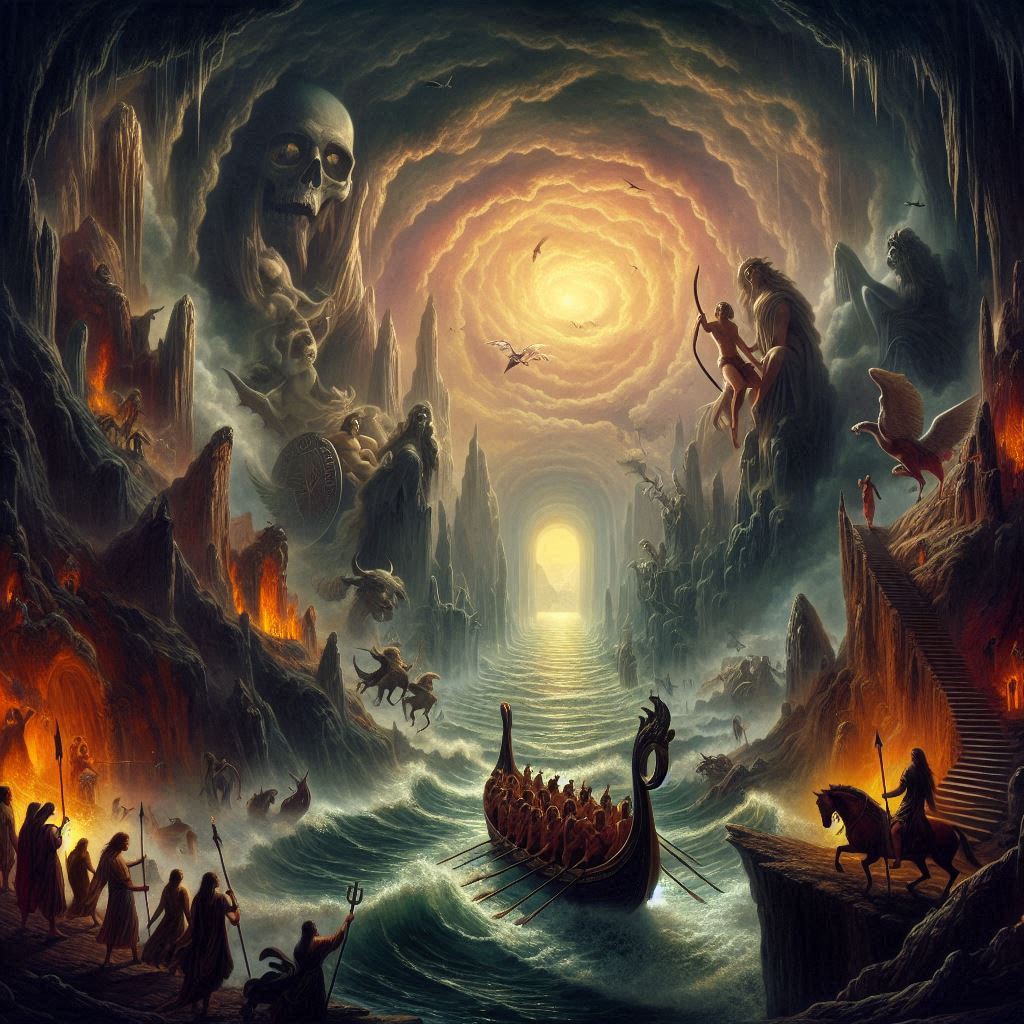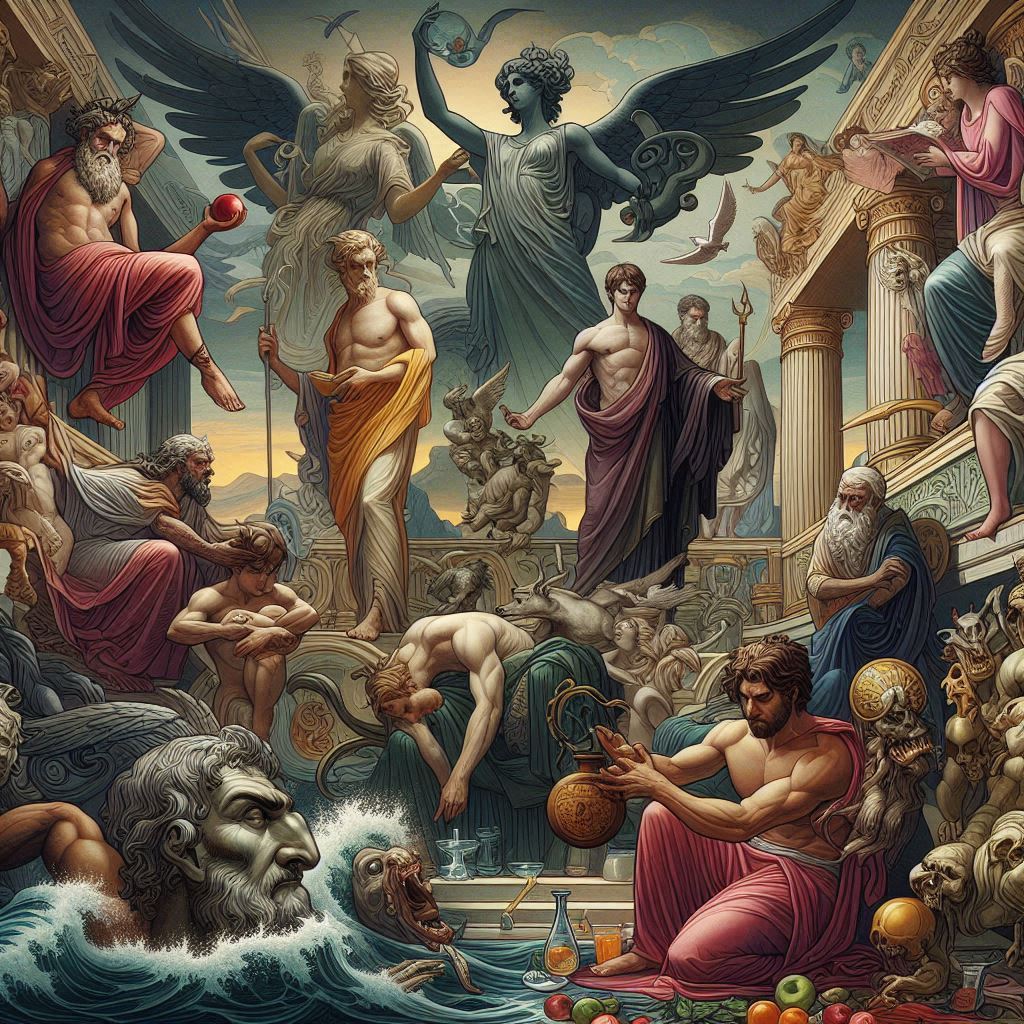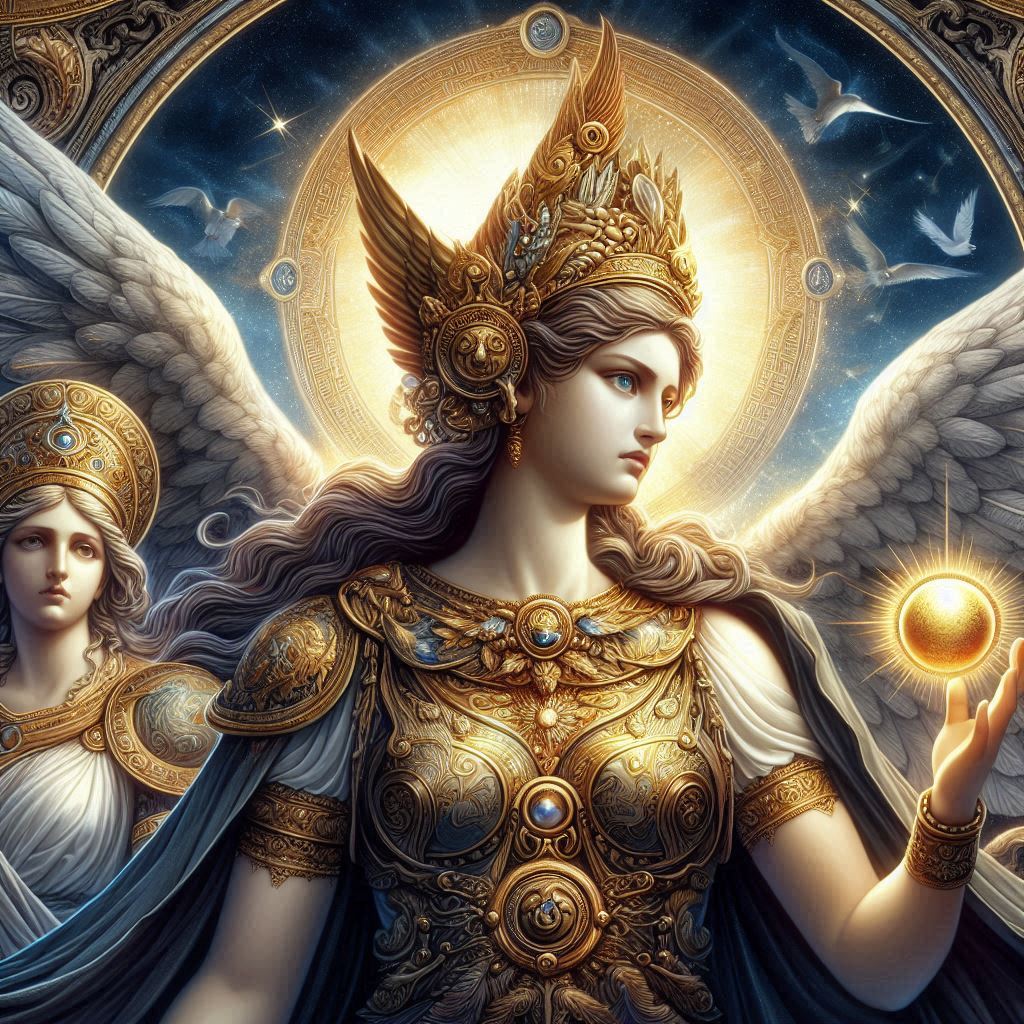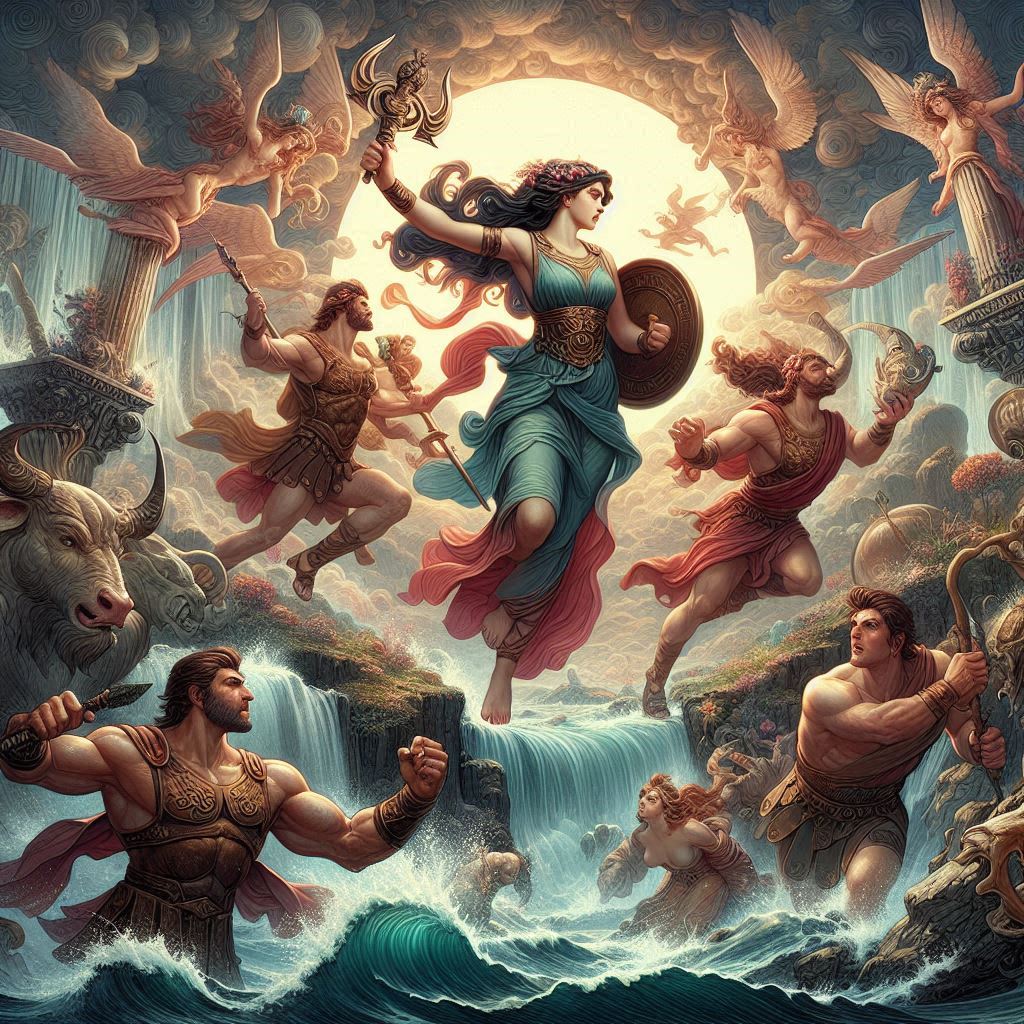The Rise and Fall of the Roman Empire is a monumental saga that spans centuries and encompasses a rich tapestry of politics, warfare, culture, and societal evolution. From its humble beginnings as a small city-state on the Italian peninsula to its eventual collapse under the weight of internal strife and external pressures, the Roman Empire left an indelible mark on the course of human history.
The Rise of Rome
The story of Rome’s rise to power begins in the 8th century BCE when a group of Latin-speaking tribes settled in the region of central Italy known as Latium. Over time, these tribes coalesced into a single entity known as Rome, and by the 6th century BCE, the city had established itself as a major power in the region.
Central to Rome’s early development was its system of government, which evolved from a monarchy to a republic. In the Roman Republic, power was vested in elected officials known as senators, who represented the interests of the Roman people. This system of governance fostered a sense of civic pride and participation among the citizens of Rome and allowed the city to expand its influence throughout Italy.
One of the defining features of Rome’s rise to power was its military prowess. The Roman legions, disciplined and well-trained armies composed of citizen-soldiers, played a crucial role in securing Roman dominance over its neighbors. Through a combination of strategic alliances, diplomatic maneuvering, and military conquest, Rome gradually expanded its territory, eventually coming to control the entire Italian peninsula by the 3rd century BCE.
With its dominance established in Italy, Rome turned its attention to the wider Mediterranean world. The Punic Wars, a series of conflicts fought against the powerful city-state of Carthage, were instrumental in shaping Rome’s destiny. The First Punic War (264-241 BCE) saw Rome gain control of Sicily, while the Second Punic War (218-201 BCE) pitted Rome against the Carthaginian general Hannibal, resulting in Rome’s ultimate victory and the annexation of Spain.
By the end of the 2nd century BCE, Rome had become the preeminent power in the Mediterranean, with territories stretching from Spain in the west to Greece and Asia Minor in the east. This period, known as the Roman Republic, saw the emergence of influential figures such as Julius Caesar, Pompey the Great, and Cicero, who shaped the course of Roman politics and society.
The Transition to Empire
Despite its military and political success, the Roman Republic was plagued by internal strife and social unrest. Economic inequality, political corruption, and military upheaval threatened to tear the fabric of Roman society apart. In this volatile environment, ambitious leaders vied for power, leading to a series of civil wars that culminated in the rise of Julius Caesar to dictatorship in the mid-1st century BCE.
Julius Caesar’s reign marked a turning point in Roman history. His ambitious reforms, including the establishment of a centralized government and the implementation of social and economic policies aimed at alleviating the plight of the poor, earned him both praise and condemnation. In 44 BCE, Caesar was assassinated by a group of senators opposed to his rule, plunging Rome once again into chaos.
In the power vacuum that followed Caesar’s death, a new generation of leaders emerged, chief among them Caesar’s adopted son Octavian, who would later become known as Augustus. Through a combination of political acumen, military prowess, and strategic alliances, Augustus succeeded in consolidating power and establishing himself as the first Roman emperor in 27 BCE.
The reign of Augustus marked the beginning of the Roman Empire, a period of relative stability and prosperity that would last for centuries. Under Augustus and his successors, Rome experienced a period of unprecedented expansion and economic growth, known as the Pax Romana, or Roman Peace. During this time, the empire reached its greatest extent, encompassing territories as far afield as Britain, Egypt, and Mesopotamia.
The Golden Age of Rome
The Pax Romana was a period of immense cultural and intellectual achievement for the Roman Empire. The arts flourished, with poets such as Virgil, Horace, and Ovid producing timeless works of literature, while architects and engineers constructed magnificent buildings and monuments such as the Colosseum, the Pantheon, and the aqueducts that supplied water to the city of Rome.
At the same time, Rome became a melting pot of cultures, as people from all corners of the empire migrated to the capital in search of opportunity and prosperity. This cultural diversity enriched Roman society and contributed to its cosmopolitan character.
One of the most enduring legacies of the Roman Empire was its system of law and governance. The Roman legal system, based on principles of justice and equality before the law, laid the groundwork for modern legal systems around the world. Roman engineering and infrastructure, including roads, bridges, and aqueducts, facilitated trade and communication throughout the empire, fostering economic growth and prosperity.
The Decline and Fall
Despite its many achievements, the Roman Empire was not immune to the forces of internal decay and external pressure. A combination of factors, including economic instability, political corruption, and military overextension, contributed to the empire’s gradual decline.
One of the most significant challenges facing the Roman Empire was the threat posed by barbarian invasions from the north and east. Germanic tribes such as the Visigoths, Vandals, and Ostrogoths launched repeated attacks on Roman territory, weakening the empire’s defenses and sowing chaos and instability.
At the same time, internal divisions and power struggles among the Roman elite further weakened the empire’s ability to respond effectively to external threats. Emperors rose and fell with alarming frequency, often coming to power through intrigue, violence, and assassination.
By the 5th century CE, the western half of the Roman Empire had collapsed under the weight of these pressures. In 476 CE, the last Roman emperor in the west, Romulus Augustulus, was deposed by the Germanic chieftain Odoacer, marking the end of the Roman Empire in the west.
Legacy of Rome
Although the western Roman Empire had fallen, the legacy of Rome lived on in the eastern half of the empire, known as the Byzantine Empire. Centered around the city of Constantinople (modern-day Istanbul), the Byzantine Empire preserved many aspects of Roman culture, law, and governance for centuries to come.
Meanwhile, in the west, the collapse of the Roman Empire ushered in a period of profound social and economic upheaval known as the Dark Ages. The decline of centralized authority and the breakdown of long-distance trade networks led to a decline in living standards and a loss of technological and cultural achievements.
Despite its eventual collapse, the Roman Empire left an enduring legacy that continues to shape the modern world. The Latin language, Roman law, and the Christian religion all spread throughout Europe and beyond, leaving an indelible mark on the cultures and societies that emerged in the centuries following the fall of Rome. The Roman Empire remains a symbol of the power and grandeur of ancient civilization, and its story serves as a cautionary tale about the fragility of human institutions and the perils of hubris and overreach.
